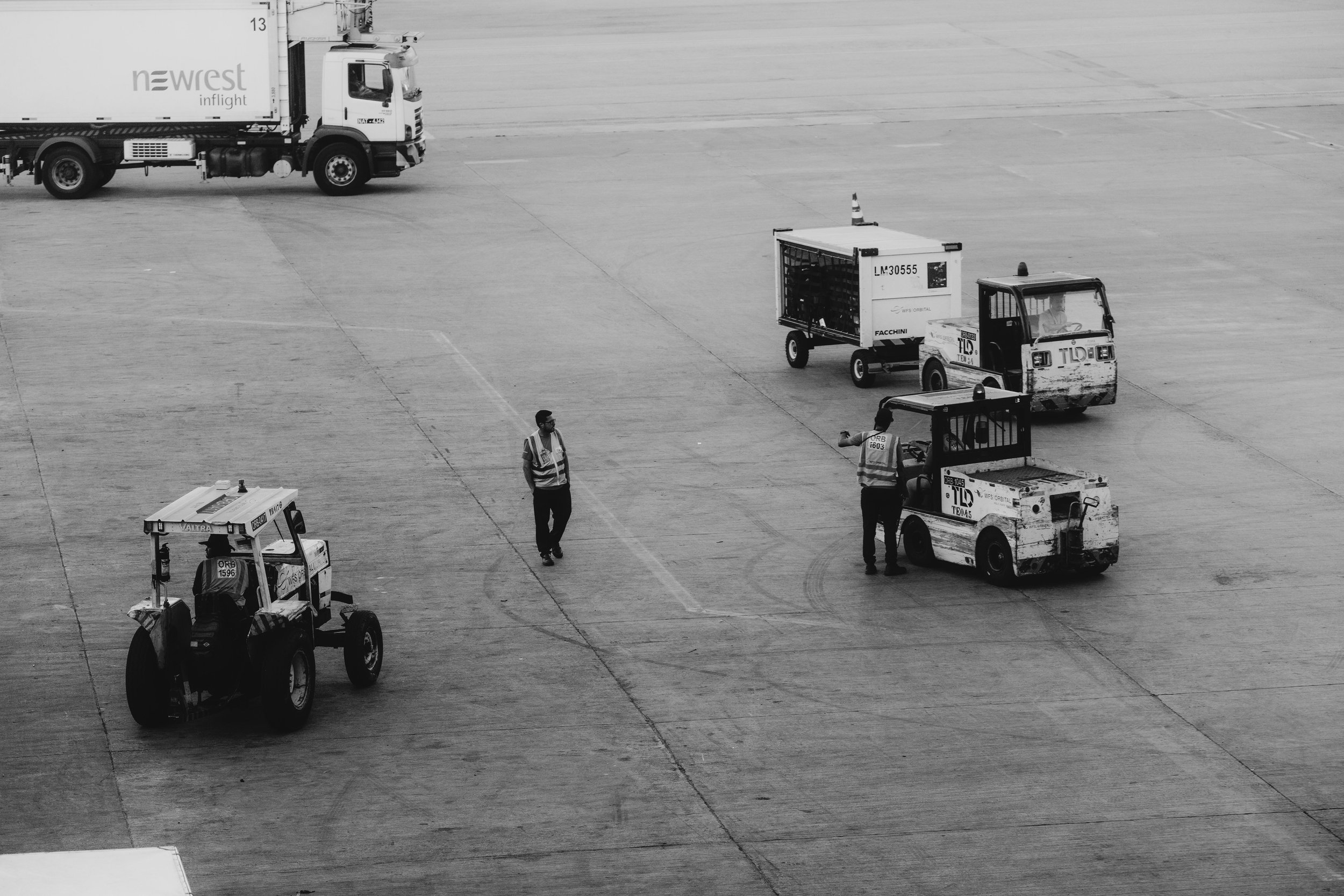Essential Equipment for Aircraft Ground Operations
Ground operations play a vital role in the safety and overall efficiency of aviation. These tasks occur before and after a flight and are done with special tools. Choosing the right tools makes it possible to do every activity, like towing, fueling, or providing power, correctly. These processes are built around safety and efficiency. Attention to detail is not only an advantage but also a necessity in most cases. This article describes the tools that are used in aircraft ground operations, how they improve the efficiency and safety of general aviation, and the importance of well-trained personnel to use them safely.
Aircraft Towing Equipment
Aircraft towing equipment is vital for transferring aircraft around the ground, especially when working in limited spaces. Towing tractors are unique vehicles that tow or push aircraft, assisted by tow bars that link the tractor and the aircraft. Each type of tow bar is made according to specific requirements of various aircraft which include adjustable and custom-made types. Towing procedures should be carefully followed to avoid causing any accidents, with particular attention to the alignment of machinery and movement at slow speeds. Towing equipment has handy safety features such as built-in warning systems and sturdy designs. Common problems are usually working amid poorly parked aircraft or in restricted areas, which makes qualified operational crews necessary to solve the issues.
Ground Power Units (GPUs)
Ground Power Units (GPUs are important for providing electrical power to the aircraft when they are on the ground. These are cart-like apparatus or mobile trailer generators that provide aircraft engines and electrical systems support, such as air-conditioning. GPUs may provide alternating current (AC) or direct current (DC). Some GPU models are designed to match specific aircraft types. Reliable power may be necessary in emergencies; thus, GPUs are essential in safety procedures. The use of cooling systems and circuit breakers protects the device's elements and prevents damage. To ensure consistent performance, GPUs must be inspected every day and serviced on a regular basis.
Fueling Equipment
Fueling equipment simplifies the refueling of aircraft, which usually includes refueling trucks or mobile dispensers fitted with aviation fuel and electric pumps. Fueling is done according to the specifications of the related aircraft model and the design of the fueling system, noting that the hoses are prone to poor fueling practices and need secure connections. High standards of safety must be observed, such as static grounding and anti-flashing methods. At least two qualified individuals must carry out all fueling operations to ensure that safety rules are followed. Recent innovations in the aviation sector include devices for preventing the spilling of fuels and making connectors adaptive.
Specialized Ground Support Equipment
Specialized aircraft ground support equipment consists of many equipment types specially adapted to specific ground operations. As a case in point, baggage loaders may assist in quickly loading and unloading luggage from the aircraft, whereas belt loaders speed up the process even further by facilitating automatic transportation of luggage at a set height. There are vehicles with a larger amount of equipment, which makes it easier to distribute the workload over the field. Aircraft maintenance is also made easier by portable equipment stands, which allow secured access to on-high surfaces and frequently come equipped with safety features such as guard rails or wheeled bases. All equipment must undergo rigorous checks before using it to guarantee the safety of all employees involved.
Staff Training and Safety Protocols
Staff training in ground operations forms the foundation for safety and efficiency in airport operations. The trained personnel ensure quick and precise functions, especially when they are aware of the structural design of the equipment. All operations should be directed by strict safety protocols, and these should follow the rules of “safety first” along with good communication during working hours to prevent accidents. The success of ground operations lies in the coordination of personnel working with safe equipment. Such training is enhanced with modern technology like VR models and simulator programs to make trainees agile. Commitment is necessary for learning and adherence to safety procedures to be revised and updated with new technology.
Conclusion
In summary, the good performance of ground operations depends much on the effective use of fundamental equipment like towing vehicles, GPUs, fueling, and specialized support. Safety in all processes is a result of trained operators using the correct tools with proper precautions. Current innovations raise the bar on safety and convenience, making ground operations much more reliable. The advantage of using high-quality tools and properly trained staff is more than just present; it lays the basis for the future of the operation. By encouraging safety, efficiency, and advancement, ground crews can give better services to the aviation field by using improved tools.

